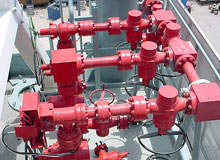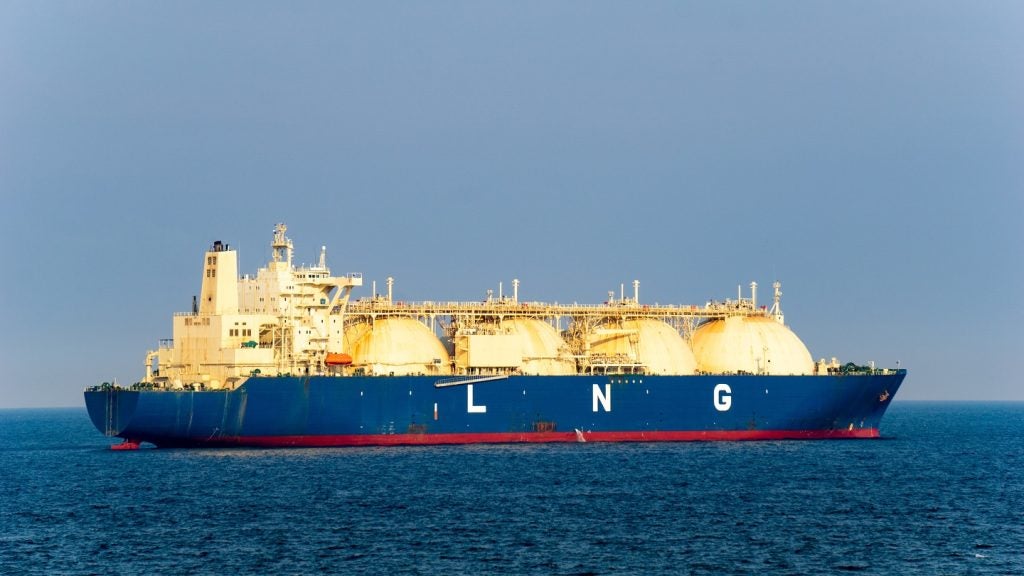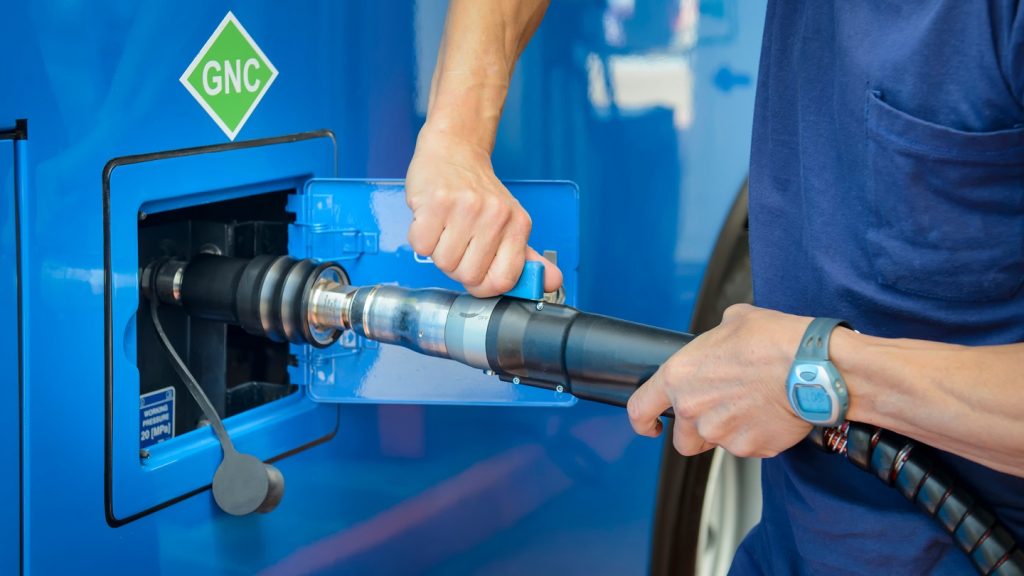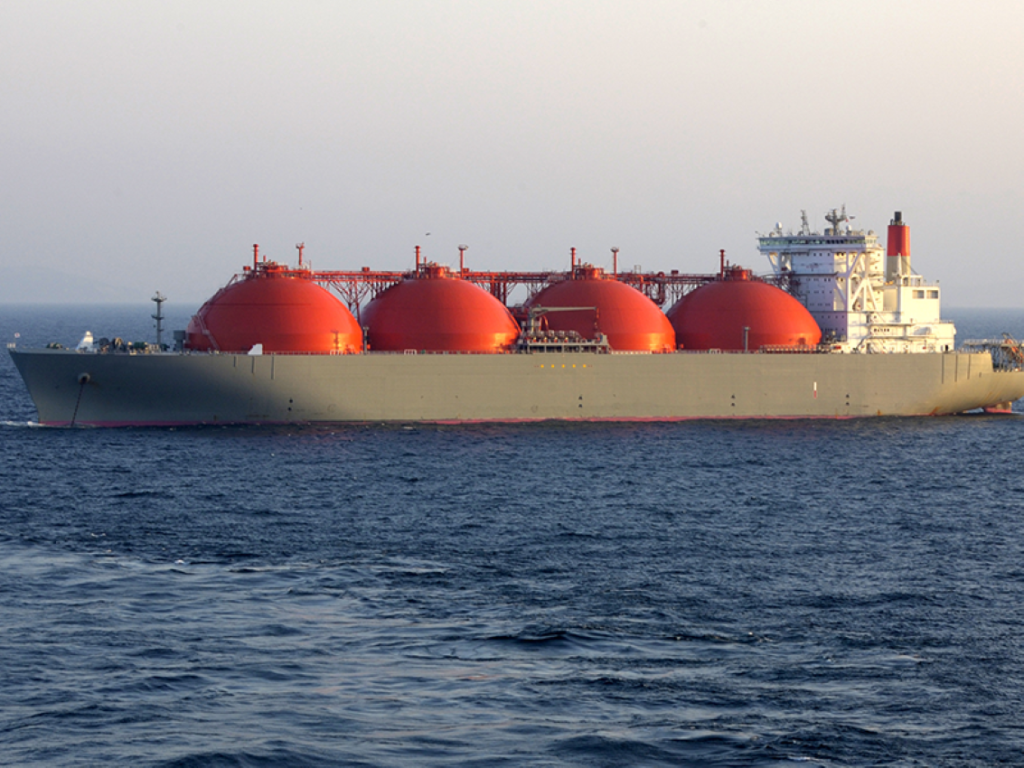
In recent years, the number of offshore gas discoveries has increased globally. However, not all offshore discoveries are commercially developed due to high capital expenditure required to bring gas onshore.
Natural gas found in the offshore fields is either flared or re-injected into offshore reservoirs. In order to monetise such offshore reserves, several companies have been developing floating liquefaction technology to allow the offshore liquefaction of natural gas.
Such offshore floating LNG (FLNG) production facilities reduce the capital expenditure (capex) per ton of LNG produced compared to land based terminals, whose capex is generally higher.
The cost reduction is largely due to the elimination of land based facilities and long, under-sea pipelines which are required for land based LNG production terminals.
FLNG projects also reduce the carbon footprint associated with land based LNG terminals. Floating LNG projects in countries such as Papua New Guinea and Nigeria are expected to commence operations by 2015.
See Also:
Global oil and gas companies flocking to FLNG production projects
Major global oil and gas companies have begun to explore opportunities in floating offshore natural gas projects.
How well do you really know your competitors?
Access the most comprehensive Company Profiles on the market, powered by GlobalData. Save hours of research. Gain competitive edge.

Thank you!
Your download email will arrive shortly
Not ready to buy yet? Download a free sample
We are confident about the unique quality of our Company Profiles. However, we want you to make the most beneficial decision for your business, so we offer a free sample that you can download by submitting the below form
By GlobalDataCompanies such as Flex LNG, Hoegh LNG, Samsung, Daewoo, Mitsubishi and Peak Petroleum are participating in projects in prolific offshore areas from 2010 to 2015.
These projects are small scale, with production capacities ranging between 1.5–3.0 MMtpa (million metric tons per annum).
PNG Floating LNG, PNG floating LNG (Interoil) and Progress Floating LNG are some such projects which will commence operations during 2014–2015. Royal Dutch Shell’s (Shell’s) Prelude Floating LNG is a large scale project in the Browse Basin offshore of northwest Australia, with a LNG production capacity of 3.6 MMtpa and a total planned capex of $198 billion. This project is expected to commence operations by 2016.
Shell has also placed an order for ten floating vessels with Samsung Heavy Industries, a leading builder of ships, tanks, LNG tankers and Floating Production and Storage Offloading Vessels, (FPSO) who have an agreement for an additional 15 vessels in the future. The liquefaction capacity of global FLNG projects is expected to reach 6.7 MMtpa by 2015.
Floating LNG to contribute to one tenth of global LNG regasification capacity by 2015
FLNG regasification terminals will play a major role in the global regasification market by 2015. The total capacity contribution of FLNG regasification terminals to the global LNG regasification market is expected to increase from 5.4% in 2010 to 9.7% in 2015.
Such growth can largely be attributed to strong demand for natural gas during 2005 to 2010, which is expected to continue until 2015. Moreover, FLNG terminals are low-cost, quick to construct and offer greater mobility in comparison with onshore land based terminals.
Currently, eight FLNG regasification terminals are operational in the US, Brazil, the UK, Kuwait and Argentina. During 2011–2015, 15 planned FLNG regasification terminals will commence operations.
Floating LNG terminals provide a quick solution to meet gas shortfall
FLNG regasification terminals have significantly lower project timelines than onshore regasification terminals.
A FLNG regasification facility can be quickly constructed to meet any seasonal, peak or short-term demand. In addition to traditional onshore LNG regasification terminals, FLNG regasification terminals can help satisfy long-term supply shortfall.
Countries such as Kuwait imported LNG through its Kuwait FLNG terminal in order to satisfy peak summer demand for LNG. In 2010, Kuwait National Petroleum Co. chartered Excelerate Energy’s Explorer vessel to receive cargoes under an agreement with Shell International Trading Middle East Limited to meet peak summer demand during 2010–2013.
Other countries such as the United Arab Emirates (UAE), Pakistan, Bangladesh and Indonesia, faced with rapidly increasing gas demand, will also establish FLNG regasification terminals by 2015.
Increasing long term demand for natural gas a major growth driver for FLNG industry
Global natural gas consumption increased at an average annual growth rate (AAGR) of 2.2% during 2000–2009, from 257.5 bcf/day in 2000, to 314 bcf/day in 2009. The global demand for natural gas is stimulated by its increasing use as a preferred fuel in power generation and industries.
Natural gas is cleaner, safer and more cost-effective than other fuels and has the potential to significantly reduce greenhouse gas (GHG) emissions. Natural gas is being used to substitute pollutant fuels such as coal and fuel oil in the power and industrial sectors of several countries.
A number of countries have adopted policy driven targets of increasing the share of natural gas in primary energy portfolios, and emerging economies such as China and India have also added to the global demand for natural gas.
GlobalData expects total demand for natural gas to continue to increase at an AAGR of 2.9% from 2010 to 2015 and FLNG terminals will play a major role in satisfying growing gas demand by 2015. The commencement of planned FLNG terminals would bring online additional LNG import and export capacities.
By 2015, total FLNG regasification capacity will account for roughly one tenth of the total LNG regasification capacity. The scheduled start of three FLNG liquefaction projects will enhance natural gas supply and ensure the effective use of gas reserves in Papua New Guinea (PNG) and Western Australia.
Industry outlook by 2015
The FLNG regasification market has recently experienced significant participation from state owned companies, a trend which is likely to continue throughout 2011–2015. State owned companies Petroleo Brasileiro S.A. and Kuwait National Petroleum Co. own and operate three of the existing FLNG regasification terminals globally.
Increasing domestic demand for gas and concerns regarding the security of supply has prompted state owned companies to establish FLNG regasification facilities. State owned companies in Indonesia and Vietnam will establish FLNG regasification terminals during 2011–2015, and the government of Indonesia has fast tracked the development of its three LNG receiving terminals.
The terminals will supply gas to Indonesia’s state owned electricity company Perusahaan Listrik Negara (PLN) for its power plants in West Java. Three FLNG regasification terminals, East Java Floating LNG, Medan Floating LNG and West Java Floating LNG will play a vital role in satisfying the country’s demand for gas.
Vietnam’s state run Petrovietnam Gas Corp (PV Gas), anticipates a sharp increase in demand for gas by 2020. In order to meet such increased demand, Vietnam plans to establish its first FLNG import terminal, Vietnam Floating LNG, by 2013. Similarly Bangladesh’s state-owned company Bangladesh Oil, Gas & Mineral Corporation will commence Chittagong FLNG project by 2013. The project has an FLNG regasification capacity of 182.5 bcf.
Floating LNG regasification terminals have become a preferred LNG import option for Asian countries which have registered recent spikes in gas demand which are anticipated to continue in the future. The state owned companies in such regions have taken proactive steps in establishing FLNG regasification terminals in order to enable quicker and more cost-effective LNG imports.
For more details on the full GlobalData report click here.
GlobalData is an industry analysis specialist company providing business information products and services. The highly qualified team of analysts, researchers, and solution consultants use proprietary data sources, and various tools and techniques to gather, analyse and represent the latest and the most reliable information essential for businesses to sustain a competitive edge.







